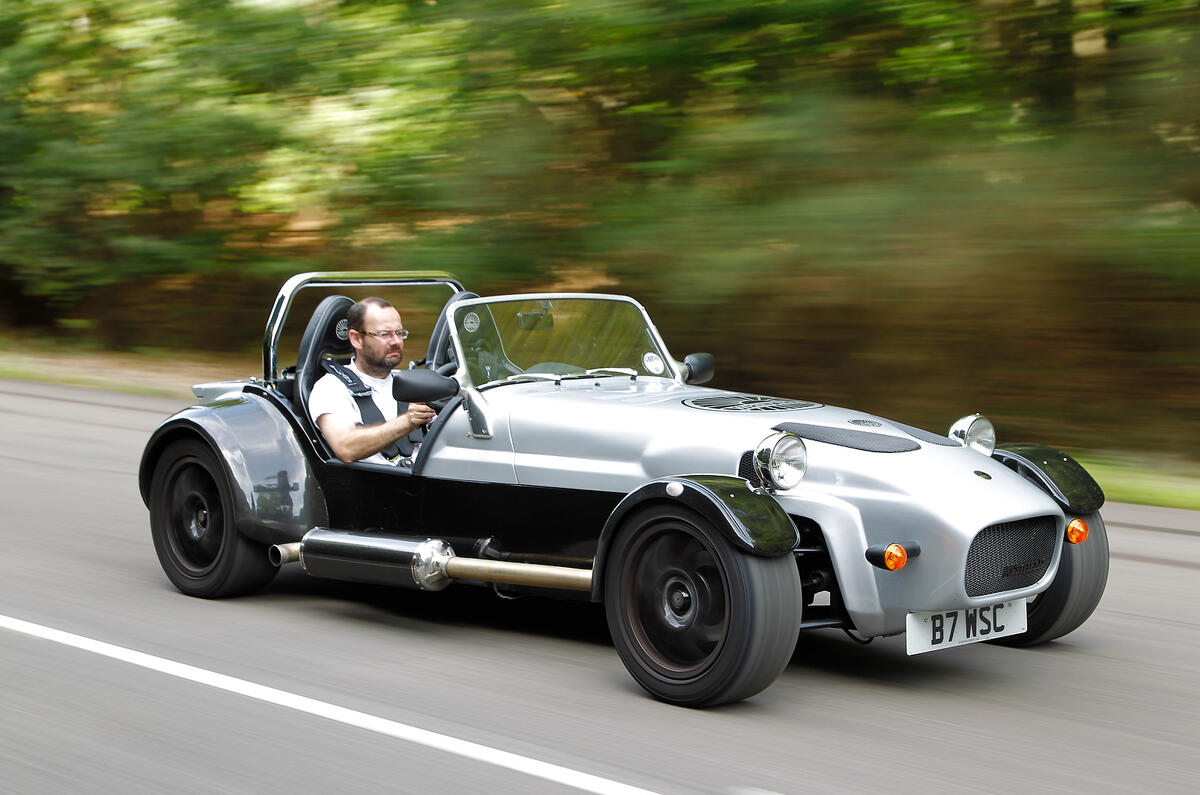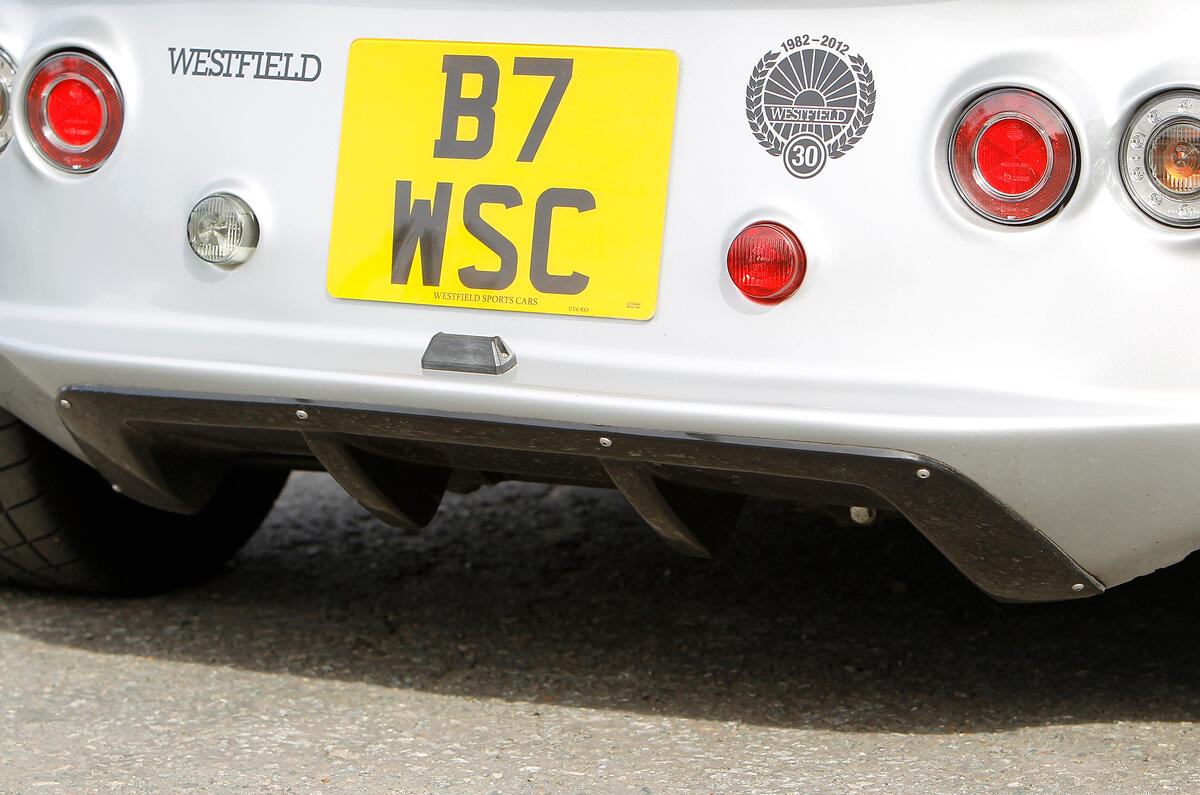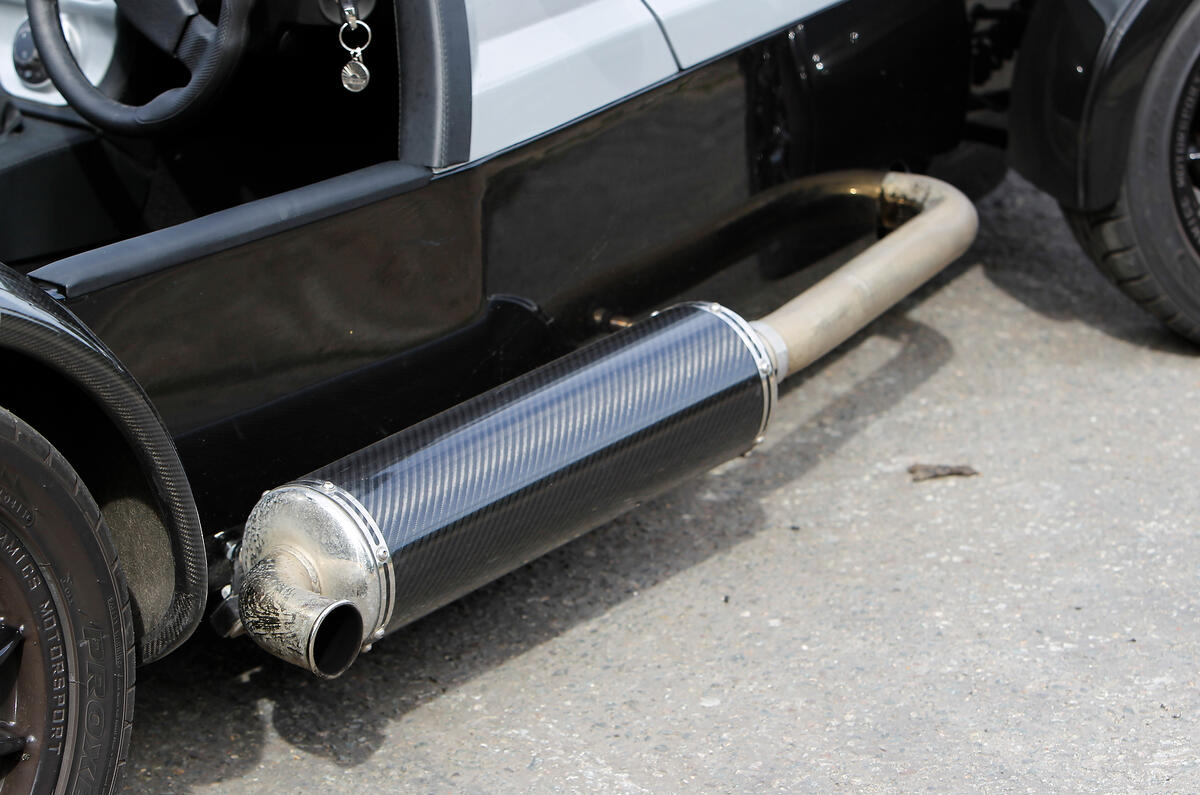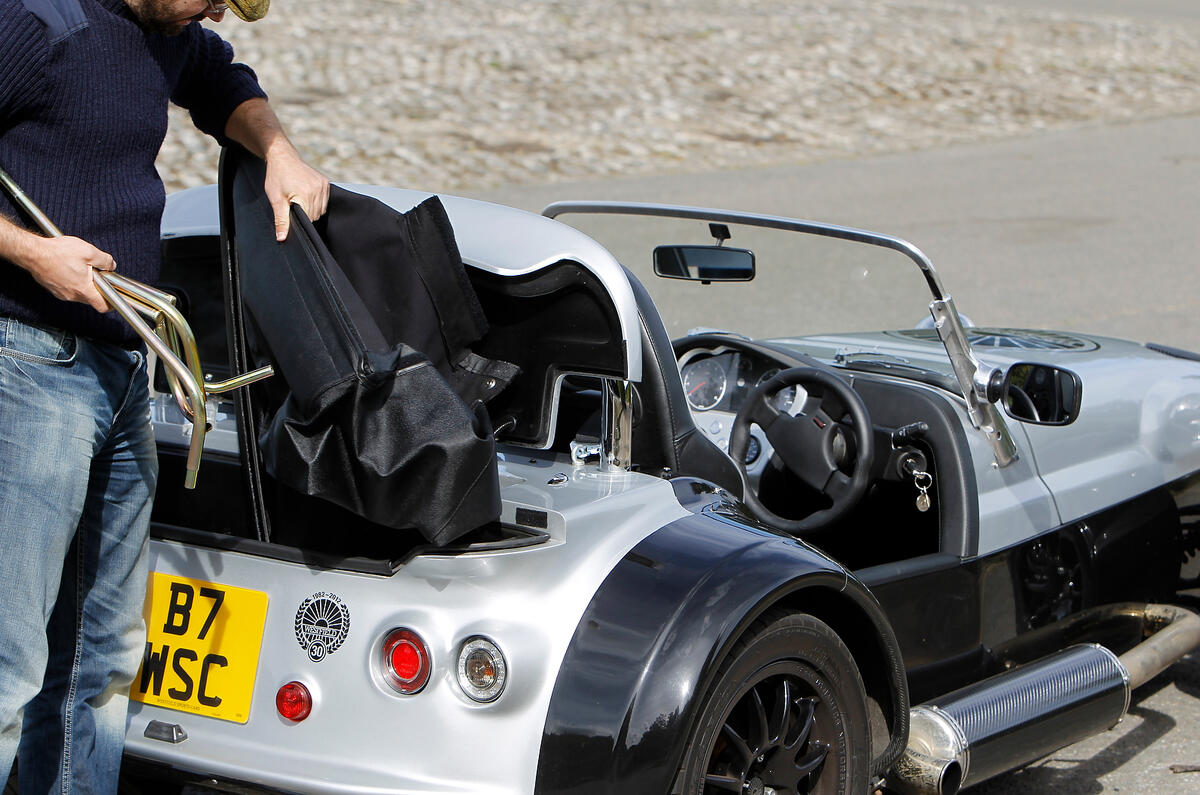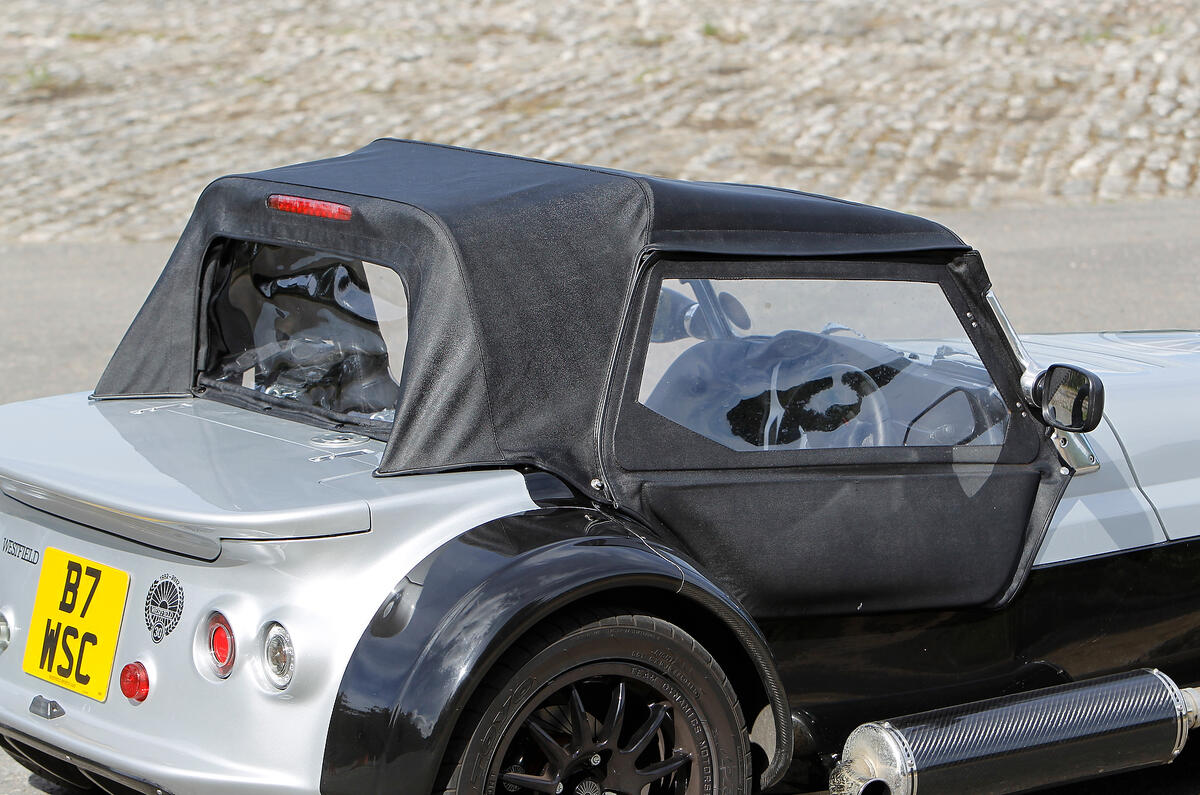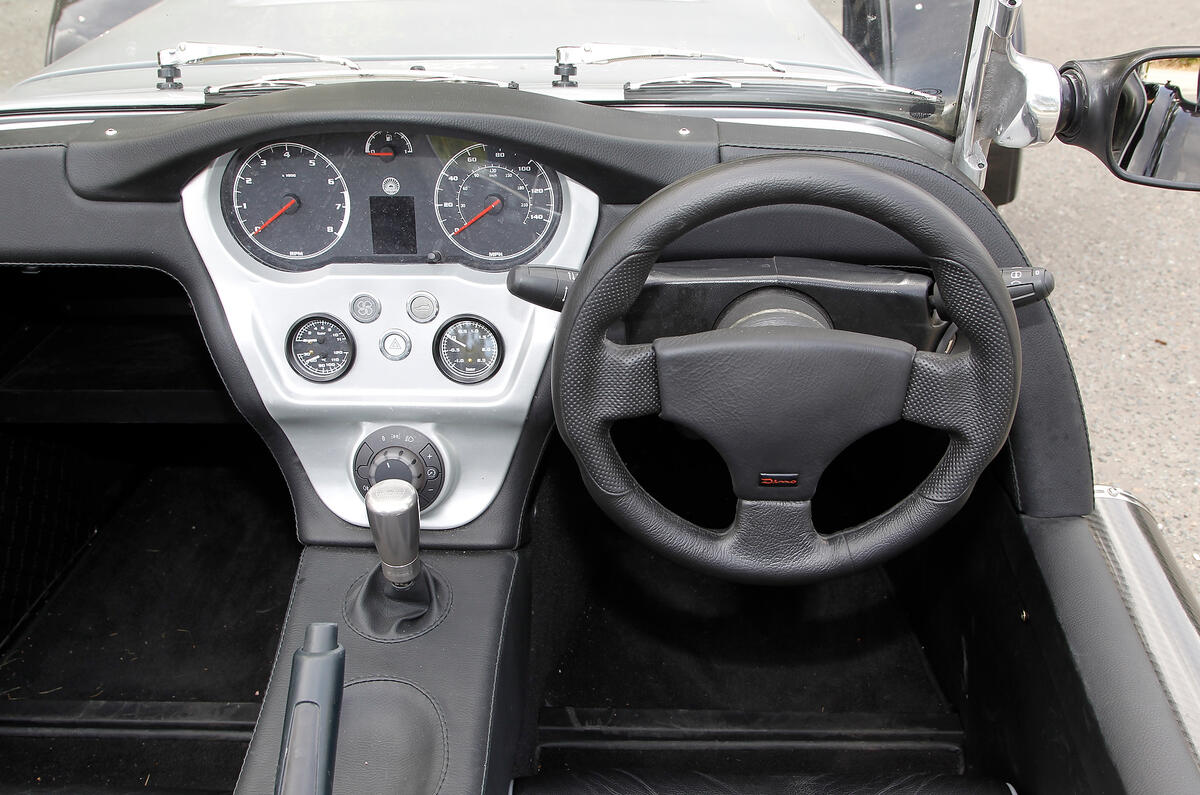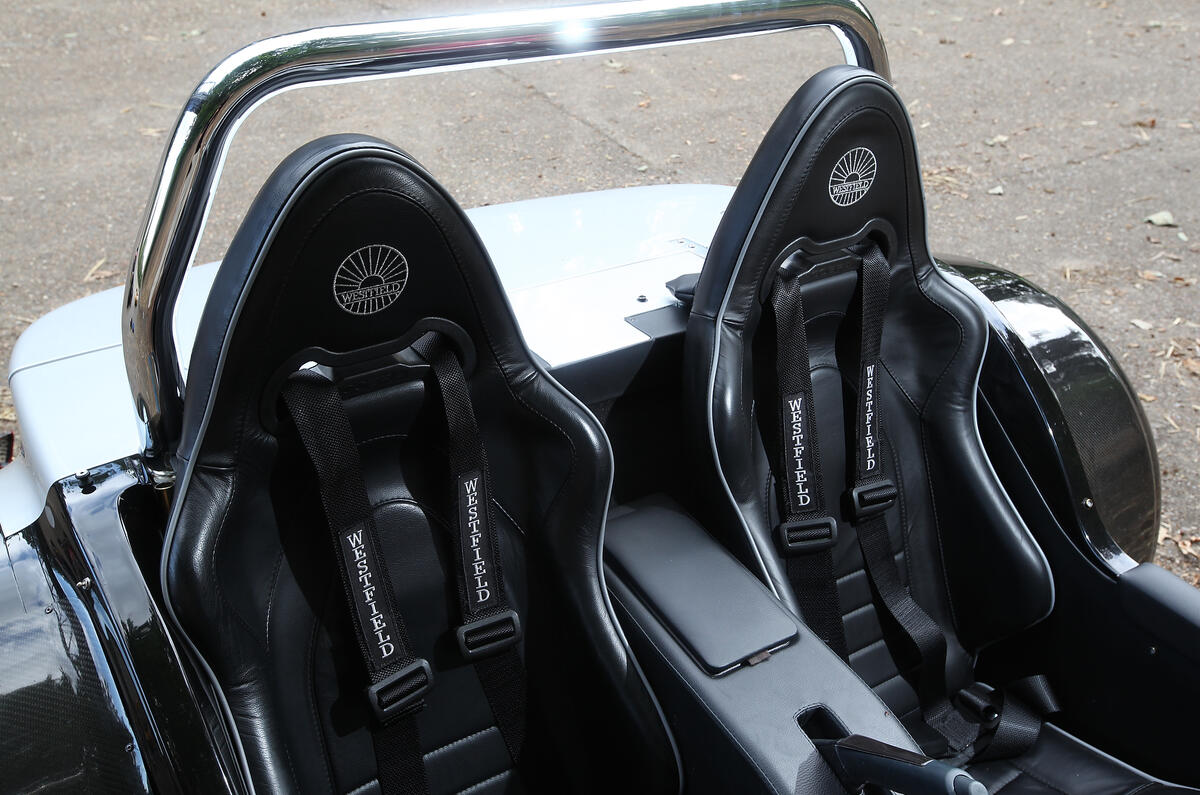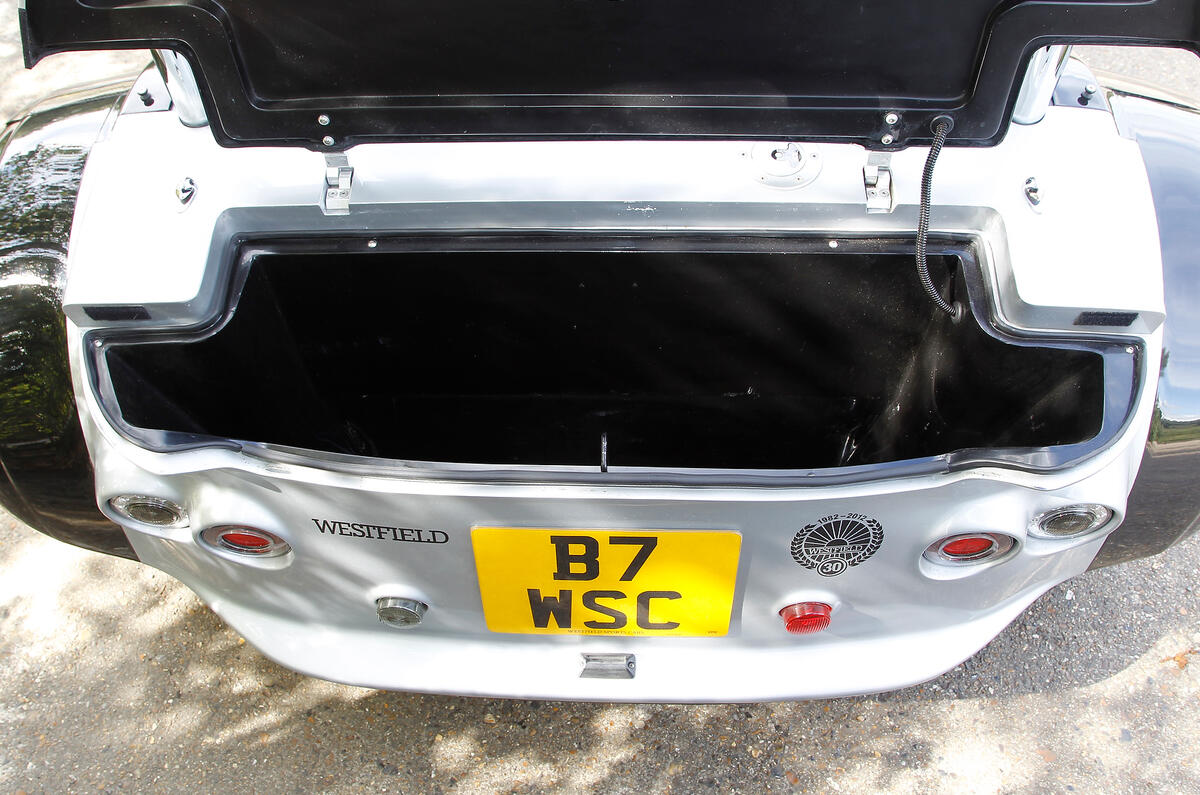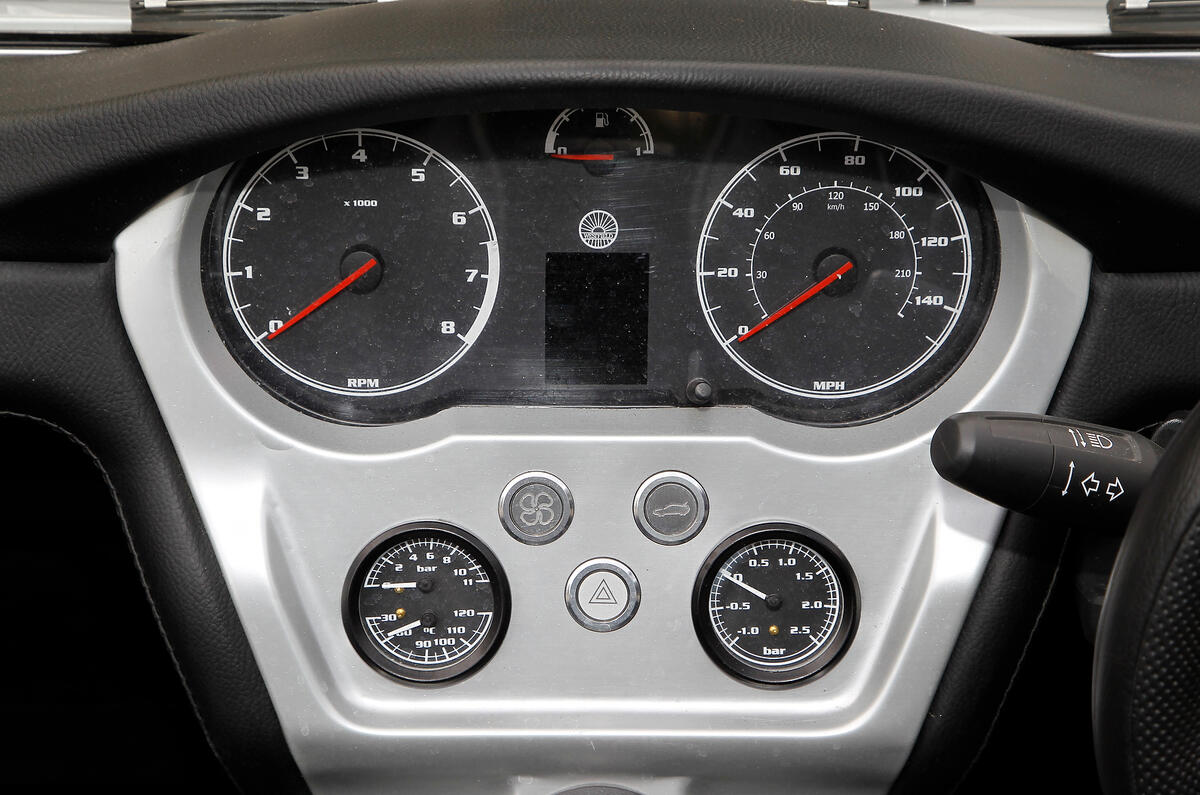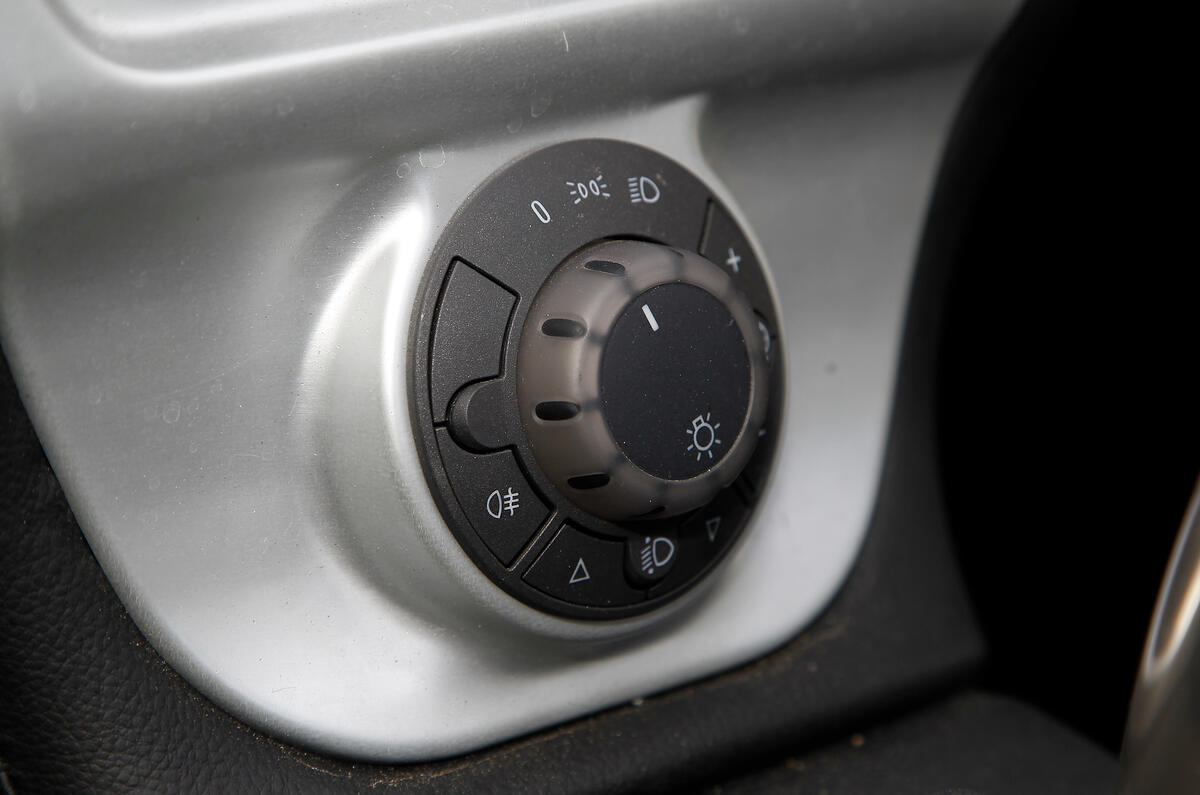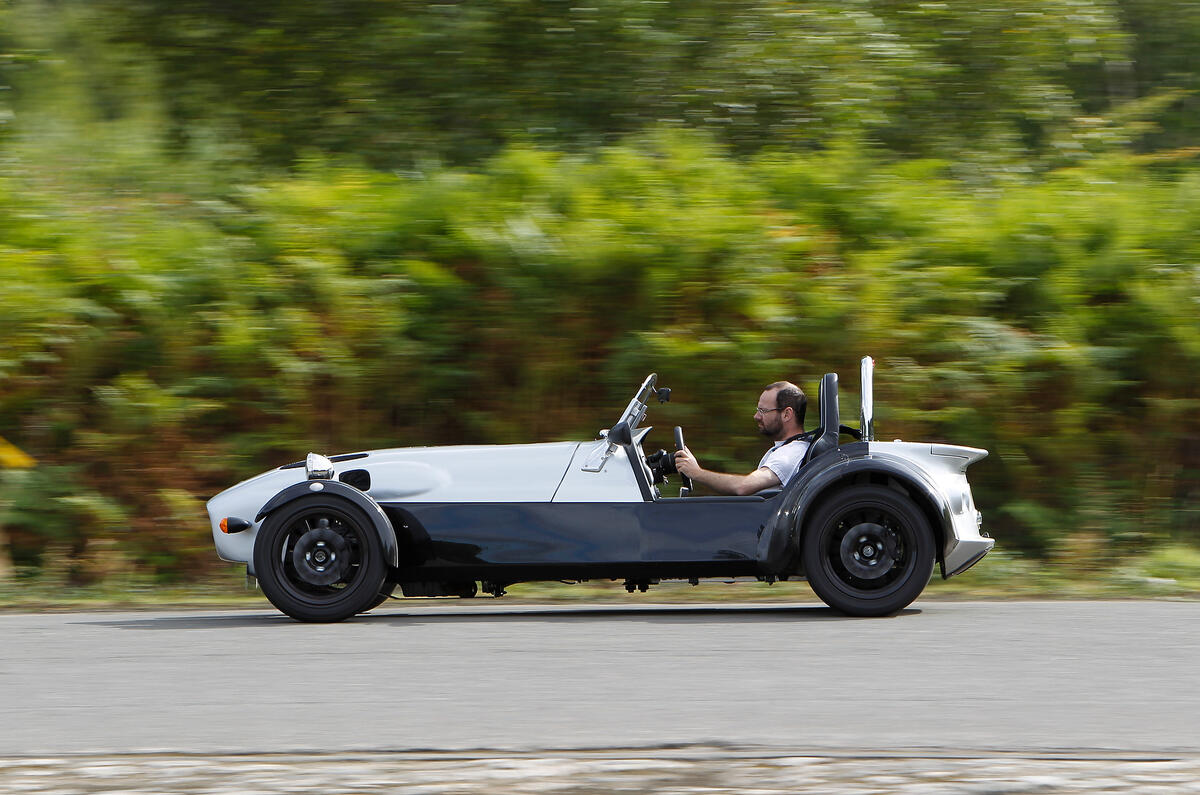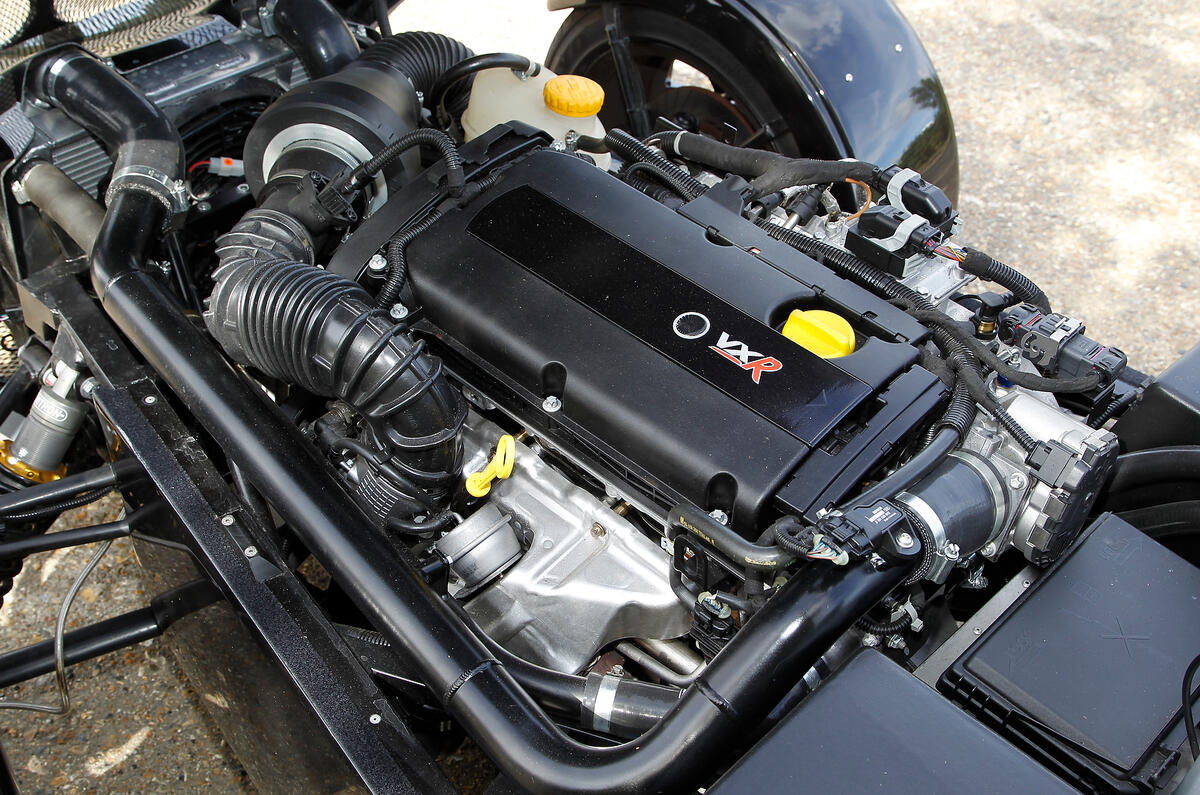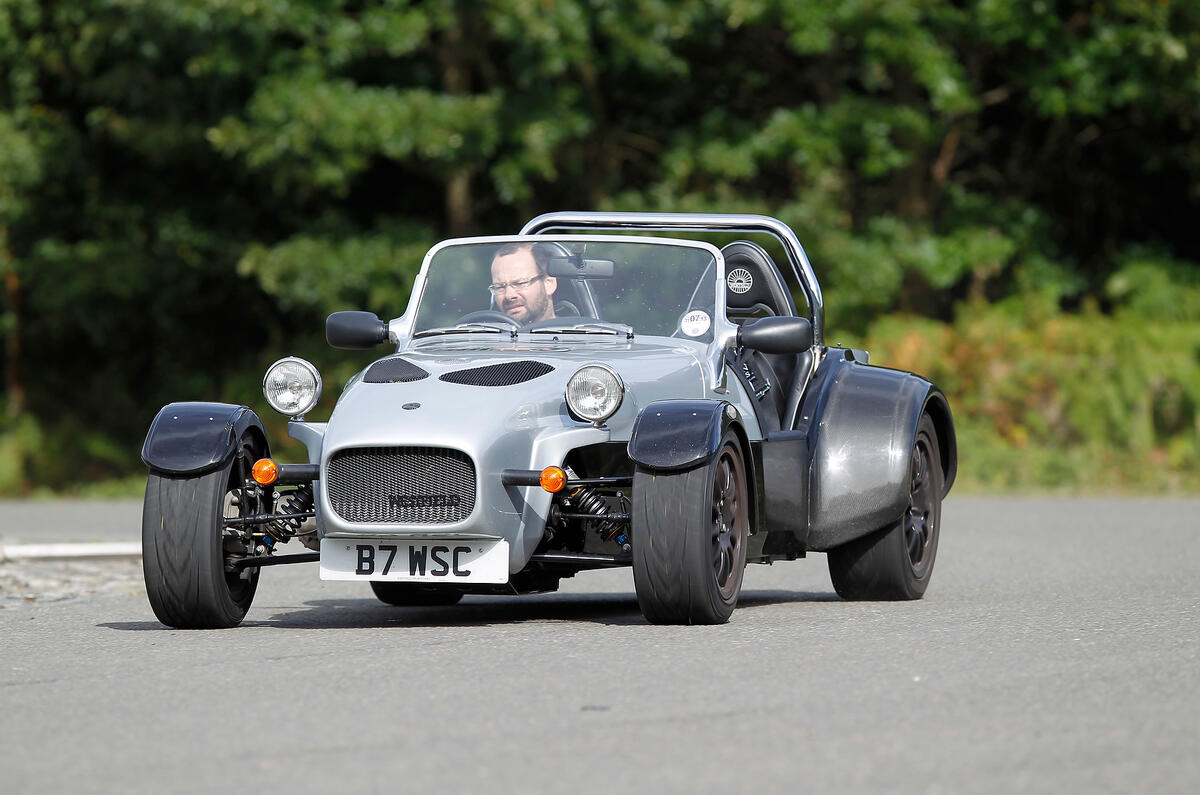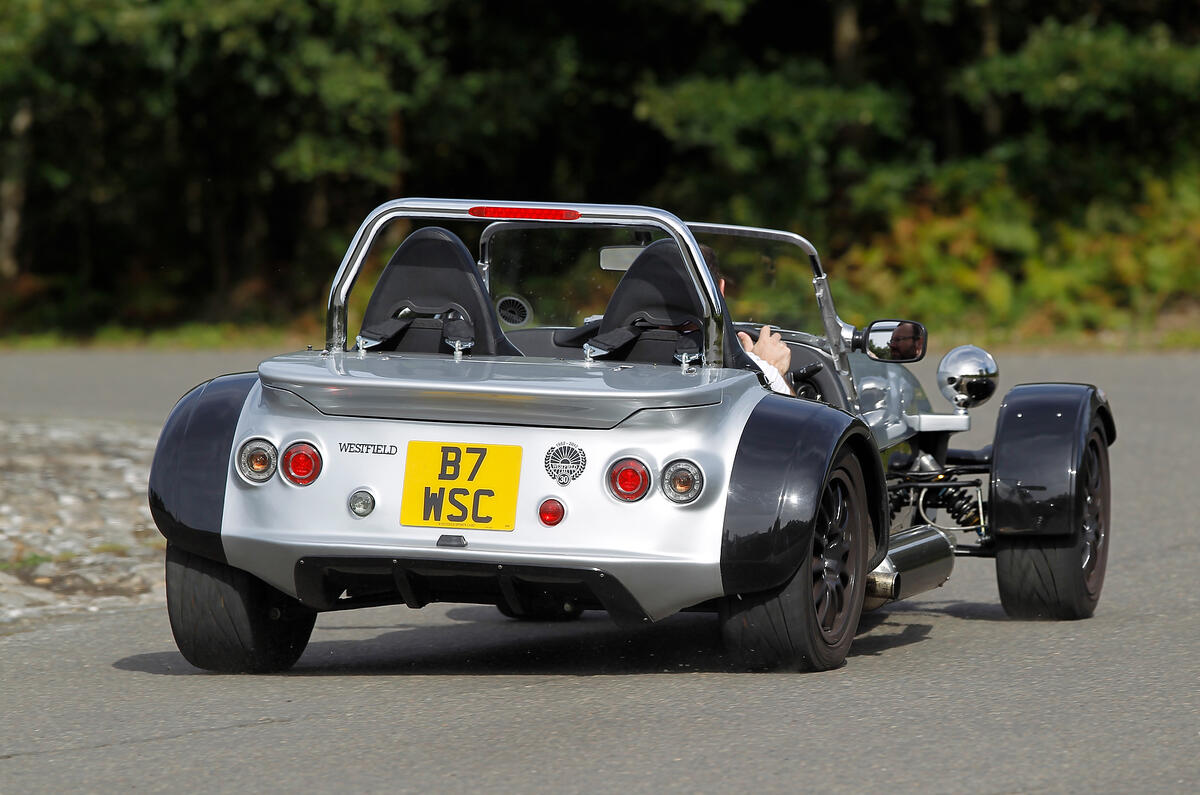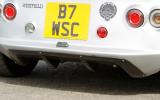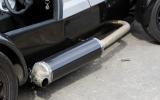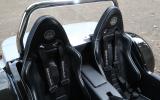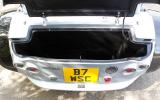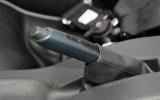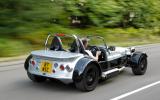The Sport Turbo 3 arrives thirty years after the creation of Westfield Sportscars in 1982 by Chris Smith. His first cars were so similar to Caterham Sevens that Caterham took legal action. Most Westfields have been sold in component form, and over the years the firm has introduced a wider chassis, given its cars independent rear suspension, sold bike-engined cars, the XTR track car and a Lotus X1 replica. There was even a full carbonfibre-chassis model, the FW400, and the barmy SEiGHT, which featured a Rover V8 beneath its engorged bonnet.
By its own admission, Westfield is largely a kit car manufacturer. Its reputation as such is what limits the appearance of its products on these pages; kit cars, while an interesting diversion, are not Autocar’s core focus.
However, times change and so do car makers, even those whose staple has been releasing two-seat roadsters of Lotus/Caterham Seven-like proportions in component form. Of late, though, Westfield has received demand from overseas, particularly France and Germany, where it is damnably hard to sell kit cars.
Which is how Westfield arrives in 2012 with the Sport Turbo 3. It’s a limited-production, European type-approved Westfield, complete with legislation-meeting paraphernalia. If you think you’ve seen similar before, you’d be right, as it has been through two iterations to reach its current incarnation. The first had the right motor, the second had a modified appearance, and now this third generation gets a vastly altered chassis, too.


